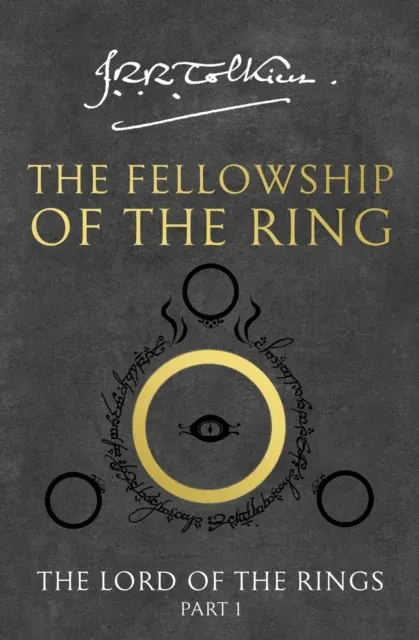The Middle Ages

The Middle Ages started in 500 AD (when the Roman Empire collapsed) and ended in 1500 AD (the beginning of the Renaissance). During this time were the dark ages, Crusades, the 100-year war, and other important events.
The first part of the Middle Ages (called the Dark Ages) started in 500 BC, when barbarians destroyed Rome and took over. During this time, the Roman Catholic Church was the most powerful institution and tried very hard to convert the Barbarians to Christianity.
The Dark Ages were called that way because the barbarians destroyed many large cities and lots of existing literature. As a result, learning was not widespread due to the lack of books. However, people could still learn from the Bible since there were many church schools open during that time.
Even though the Church tried hard to convert the barbarians to Christianity, they could not succeed for all of them. Paganism still existed, but by 1000 AD, Western Europe was totally Christian.
During the Middle Ages in Europe, the most common type of government was feudalism, where a king owned a country and would give his most faithful friends part of that land. These were called vassals, and the lands from the king would also come with serfs, people to work on the land. The land given to a vassal was called a fief, and these also had resources to support a military and maintain horses.
Some developments in the Middle Ages were:
Heavy plows, which were sturdier and could dig deeper than the wooden ones used in the Mediterranean.
Windmills and crop rotation were also invented.
Bigger and bigger cities developed because people could start trading.




